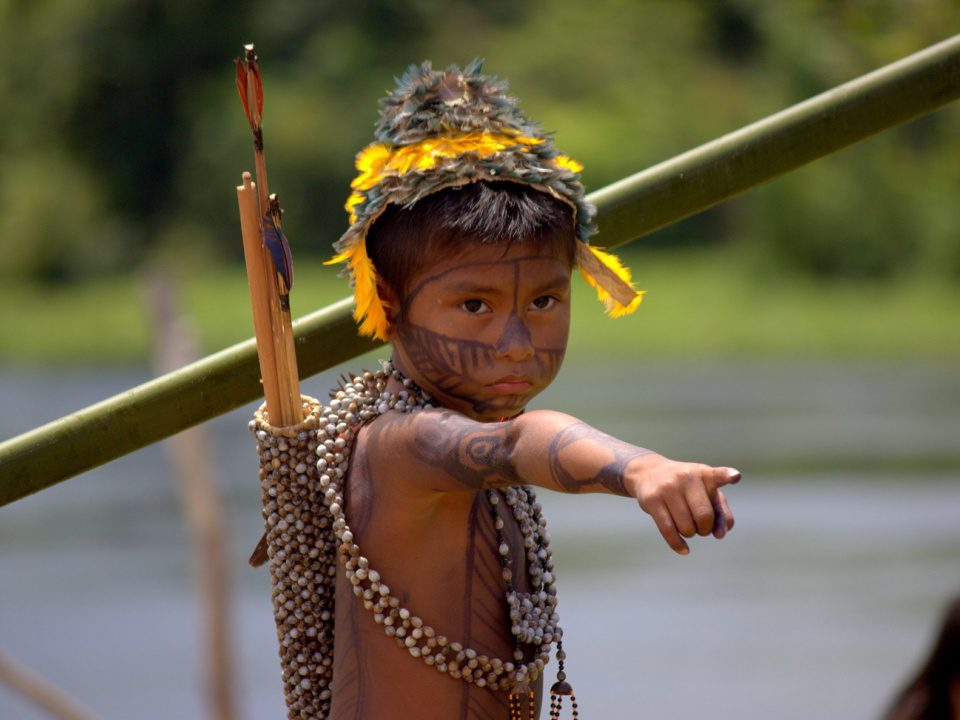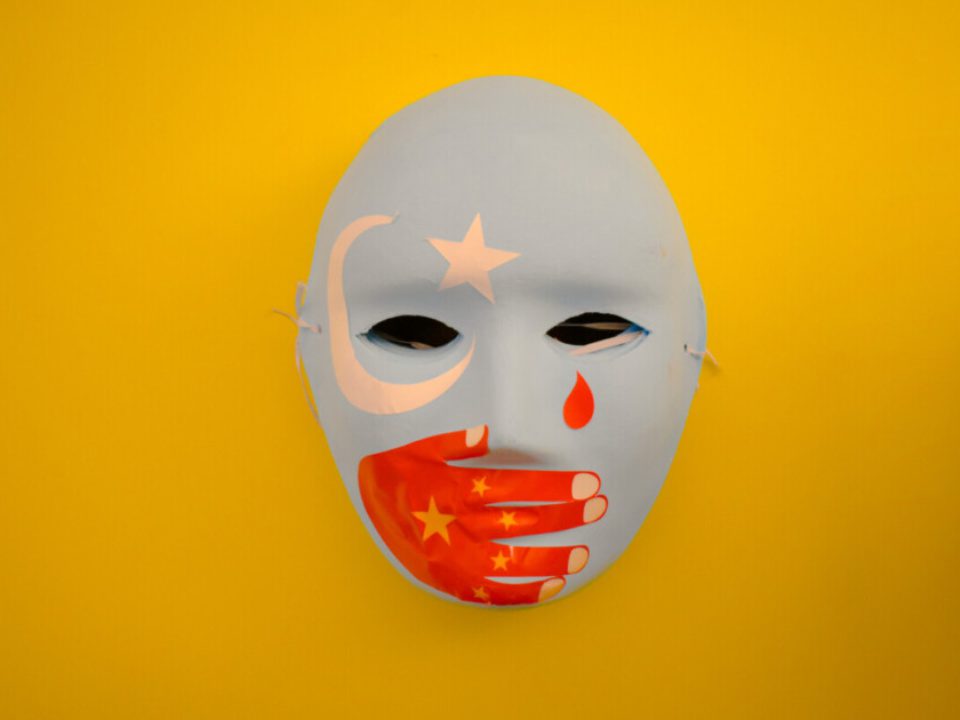What is a minority?
The term "minority" refers to a group of persons who, due to their nationality, ethnicity, religion, culture or language, are isolated or ostracised by other population groups in their state. The minority is usually dominated by a majority. It often has to fight to maintain or develop its identity. In most cases, indigenous peoples can also be described as minorities.
Which problems are minorities confronted with?
Structural or systematic problems within a state make it difficult for minorities to participate in decision-making processes. These also give unjustified advantages to the dominant population group in commercial, social and political domains, whereby the minority is again discriminated against.
Which consequences does marginalisation of minorities have for the state?
Social, financial and political inequality between population groups is a breeding ground for conflict. Equality between all population groups, social justice, and fair participation for everyone in decision-making processes should be promoted, in order to prevent conflict.
How are minorities’ rights protected on an international level?
The UN General Assembly adopted a Declaration on the Rights of Persons Belonging to National or Ethnic, Religious and Linguistic Minorities in a 1992 resolution. This is the only UN instrument which specifically addresses the rights of minorities.
Besides this, regional accords on the protection of minorities exist, e.g. the European Framework Convention for the Protection of National Minorities adopted by the Council of Europe.
Indigenous peoples, as a special kind of minority, are protected by various international conventions, some of which are binding (see question 5).





